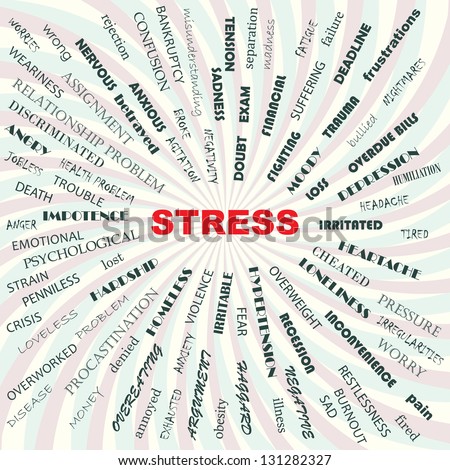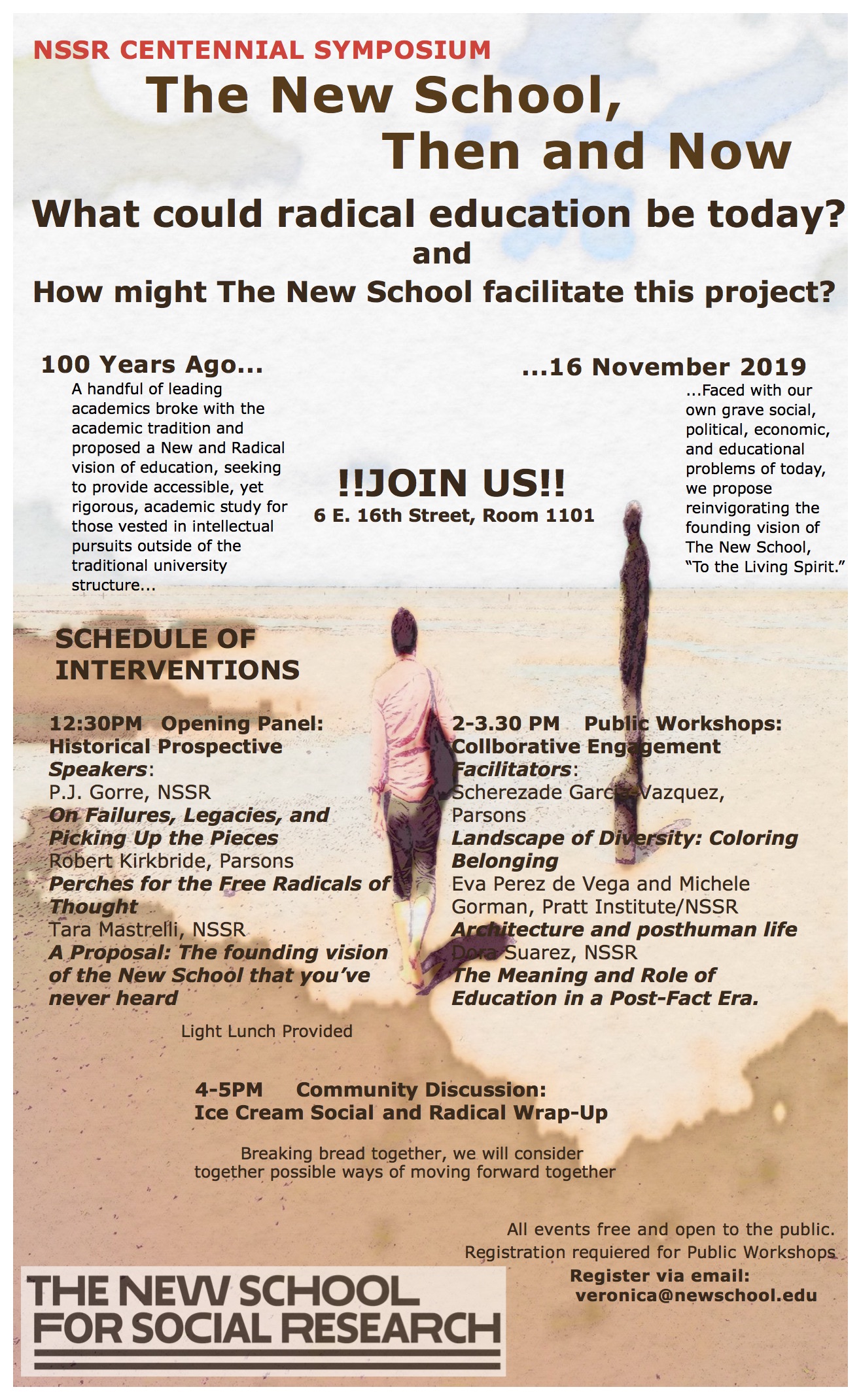Fibonacci Sequence in Nature - Free Essay Example by Essaylead.
The number of turns in each direction and the number of leaves met are three consecutive Fibonacci numbers! For example, in the top plant in the picture above, we have 3 clockwise rotations before we meet a leaf directly above the first, passing 5 leaves on the way.
Examples of Fibonacci Numbers Occurring in Nature: There are several examples. The first is the sunflower arrangement of seeds. There is a Fibonacci number of spirals as you can verify by the following two pictures. Mother Nature arranges the seeds for order and to prevent overcrowding.

You know how looking at a math problem similar to the one you're stuck on can help you get unstuck? Reading example essays works the same way!

This series of numbers is known as the Fibonacci numbers or the Fibonacci sequence. The ratio between the numbers (1.618034) is frequently called the golden ratio or golden number. At first glance, Fibonacci's experiment might seem to offer little beyond the world of speculative rabbit breeding.

Fibonacci numbers and the golden section in nature; seeds, flowers, petals, pine cones, fruit and vegetables. Is there a pattern to the arrangement of leaves on a stem or seeds on a flwoerhead? Yes! Plants are actually a kind of computer and they solve a particular packing problem very simple - the answer involving the golden section number Phi.

As it turns out, the numbers in the Fibonacci sequence appear in nature very frequently. The number of petals on a flower, for instance, is usually a Fibonacci number. For example, there’s the classic five-petal flower: But that’s just the tip of the iceberg! Try counting the petals on each of these! Here’s a different kind of Fibonacci.

The Fibonacci Sequence is a series of numbers first created in 1202 by Leonardo Fibonacci. It is a relatively simple series, but it's ramifications and applications are practically limitless. It has fascinated mathematicians for over 700 years, and nearly everyone who has worked with it has added a new tidbit of information to the Fibonacci puzzle.

Another simple example in which it is possible to find the Fibonacci sequence in nature is given by the number of petals of flowers. Most have three (like lilies and irises), five (parnassia, rose hips) or eight (cosmea), 13 (some daisies), 21 (chicory), 34, 55 or 89 (asteraceae).

Fibonacci numbers are whole number approximations of the golden ratio, which is one of the reasons why they crop up in nature so often. Pine cones, for example, have two sets of spiralling bracts; eight in one direction and 13 in the other - two consecutive Fibonacci numbers.

Leonardo Fibonacci Leonardo Fibonacci was one of the great mathematicians of his time. His lifestyle allowed him to travel and study math in various countries, and he ended up combining his cultural knowledge to discover the most effective ways of doing mathematics. He is most famous for his.

Fibonacci Sequence My topic for the cool math paper is the Fibonacci Sequence. I choose to do the Fibonacci Sequence because it’s in math and nature. This interests me so much because I haven’t really seen many clear examples of math in nature especially like the Fibonacci Sequence appears.This.

Mathematical principles do appear to govern the development of many patterns and structures in nature, and as time passes, more and more scientific research finds evidence that the Fibonacci numbers and the Golden Ratio are prevalent in natural objects, from the microscopic structure proportions in the bodies of living beings on Earth to the relationships of gravitational forces and distances.

Very simply put, my investigation yielded the result that the Fibonacci sequence, the golden spiral, and Euler’s number are all related to one another in nature. The results are eye opening for me, as I am beginning to realize just how much of the world is made up of math—rather than my previous belief that everything natural occurred randomly.


